Introduction
Ginkgo biloba, commonly known as the maidenhair tree, is a unique species that has survived for millions of years. Its nuts, often referred to simply as ginkgo nuts or ginkgo seeds, are not only a culinary delight but also carry numerous health benefits. From enhancing cognitive function to providing antioxidants, ginkgo nuts have garnered attention worldwide. However, enjoying these nuts in their best form requires proper preparation, particularly when it comes to roasting fresh ginkgo nuts. This guide will walk you through the entire process, from selecting the freshest ginkgo nuts to perfectly roasting them, ensuring you get the most out of this ancient superfood.
Understanding Fresh Ginkgo Nuts
Before diving into the roasting process, it’s crucial to understand what makes fresh ginkgo nuts special. Freshly harvested ginkgo nuts are enclosed in a foul-smelling, fleshy outer husk that must be removed promptly to prevent spoilage. Inside this husk lies a hard shell that protects the edible kernel. The kernel itself has a slightly nutty flavor with a subtle sweetness and a slightly chewy texture when cooked properly.
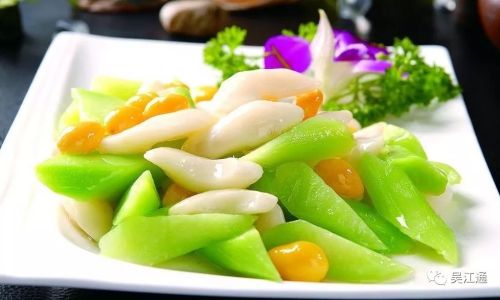
When selecting fresh ginkgo nuts, look for those with intact husks that are not cracked or damaged. The husks should be firm and slightly moist, indicating freshness. Avoid nuts with mold, soft spots, or an overly dry appearance, as these are signs of poor quality or spoilage.
Preparation Before Roasting
-
Harvesting and Husking
If you have access to ginkgo trees, harvesting the nuts yourself can be a rewarding experience. The nuts fall from the trees in the autumn, usually after the leaves have turned yellow and begun to fall. Gather the nuts as soon as possible after they drop to ensure freshness.
Once collected, the husks must be removed. This can be a messy task due to the strong, unpleasant odor of the husk. Wear gloves and work in a well-ventilated area. Use a knife or a nutcracker to crack open the husk and extract the hard-shelled nut inside. Discard the husk immediately after use.
-
Cleaning and Drying
After removing the husks, wash the nuts thoroughly under running water to remove any residual husk material or dirt. Pat them dry using a clean towel or let them air-dry completely. It’s important to ensure the nuts are dry before roasting to prevent steam from building up inside the shells, which can cause them to burst.
-
Shelling
Shelling fresh ginkgo nuts can be challenging due to their hardness. A specialized ginkgo nutcracker or a heavy-duty nutcracker designed for hard shells is recommended. Alternatively, you can use a hammer and a sturdy surface, but be cautious to avoid crushing the kernel. Once shelled, separate the kernels from any shell fragments and inspect them for any imperfections.
The Roasting Process
Roasting fresh ginkgo nuts brings out their natural flavors and enhances their texture. There are several methods you can use, each yielding slightly different results. Here, we’ll explore three popular methods: stovetop roasting, oven roasting, and microwave roasting.
-
Stovetop Roasting
Materials Needed:
- Fresh, shelled ginkgo kernels
- A dry, heavy-bottomed skillet or frying pan
- A wooden spoon or spatula
- Salt (optional)
Steps:
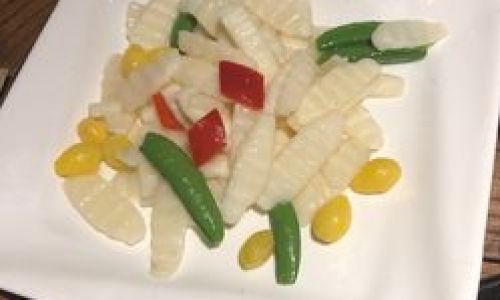
- Preheat your skillet over medium heat. Do not add any oil, as the kernels contain enough natural oils to roast evenly.
- Place the kernels in a single layer in the skillet. Ensure they are not overcrowded to allow for even heat distribution.
- Roast, stirring frequently with a wooden spoon or spatula, until the kernels turn golden brown and emit a nutty aroma. This usually takes around 5-10 minutes, depending on the heat and the size of the kernels.
- If desired, sprinkle a small amount of salt over the kernels during the last minute of roasting.
- Remove from heat and let them cool slightly before eating. Be cautious, as the kernels will continue to cook slightly from residual heat.
-
Oven Roasting
Materials Needed:
- Fresh, shelled ginkgo kernels
- Baking sheet lined with parchment paper
- Olive oil or cooking spray (optional)
- Salt and pepper (optional)
Steps:
- Preheat your oven to 350°F (175°C).
- Spread the kernels in a single layer on the prepared baking sheet.
- If you prefer a bit of extra crispiness, lightly coat the kernels with olive oil or a cooking spray. This is optional, as the kernels will roast well without it.
- Roast in the preheated oven for about 10-15 minutes, stirring halfway through to ensure even cooking.
- Remove from the oven and let them cool slightly. Season with salt and pepper if desired.
-
Microwave Roasting
Materials Needed:
- Fresh, shelled ginkgo kernels
- A microwave-safe bowl
- Paper towels or a microwave-safe plate
- Salt (optional)
Steps:
- Place the kernels in a single layer on a paper towel or microwave-safe plate.
- Cover with another paper towel to absorb any moisture and prevent splattering.
- Microwave on high for 1-2 minutes, checking every 30 seconds to avoid overcooking. Microwaves vary, so it’s important to monitor closely.
- Remove and let them cool slightly. The kernels may not brown as much as when roasted on the stovetop or in the oven, but they should have a nutty aroma and a slightly crispy texture.
- Season with salt if desired.
Post-Roasting Considerations
Once your ginkgo nuts are roasted, there are a few additional steps you can take to enhance their flavor and texture:
- Storage: Store roasted ginkgo nuts in an airtight container in a cool, dry place. They can be kept for up to a week, but their flavor and texture are best enjoyed within a few days.
- Serving: Roasted ginkgo nuts can be enjoyed as a snack on their own, added to salads, or incorporated into various dishes for added texture and nutrition.
- Flavor Variations: Experiment with different seasonings and spices before or after roasting to create unique flavors. For instance, a light coating of honey and a sprinkle of cinnamon can add a sweet, festive touch.
Health Benefits and Warnings
Ginkgo nuts are not only delicious but also packed with nutrients. They contain antioxidants, vitamins, and minerals that can support brain health, improve circulation, and provide anti-inflammatory benefits. However, it’s important to consume them in moderation, as they are high in fat and calories.
Additionally, raw ginkgo nuts contain a compound called ginkgolic acid, which can cause allergic reactions or digestive discomfort in some individuals. Roasting significantly reduces the levels of this compound, making roasted ginkgo nuts a safer option for most people.
Pregnant women and those with blood-thinning medications should avoid consuming ginkgo nuts due to potential health risks. If you have any concerns about your health or potential allergies, consult a healthcare professional before incorporating ginkgo nuts into your diet.
Conclusion
Roasting fresh ginkgo nuts is a rewarding culinary endeavor that not only enhances their flavor but also preserves their nutritional benefits. By following the steps outlined in this guide, you can enjoy perfectly roasted ginkgo nuts that are crispy, nutty, and bursting with flavor. Whether you choose the stovetop, oven, or microwave method, the key to success is careful monitoring and timely removal from heat to prevent overcooking. With a bit of practice, you’ll soon be able to master the art of roasting fresh ginkgo nuts and incorporate them into your favorite dishes, adding a unique twist to your culinary repertoire.
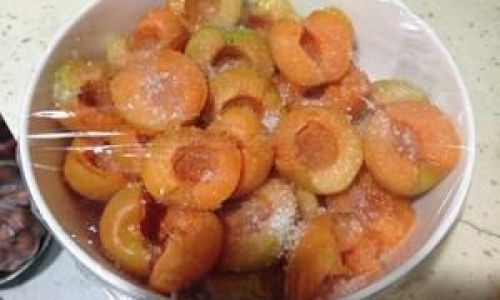
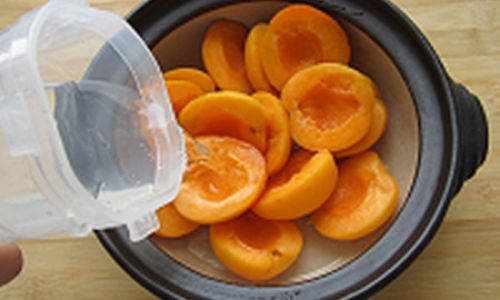
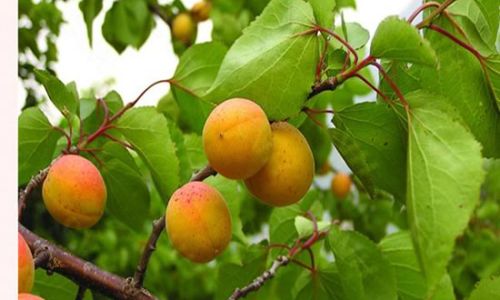
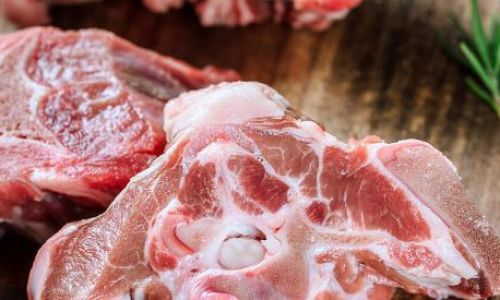
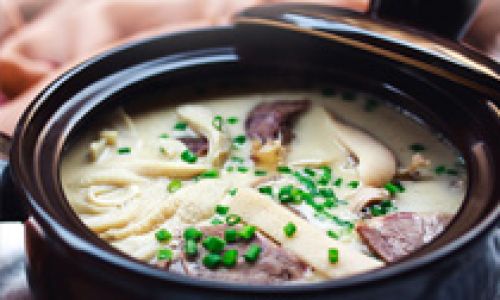
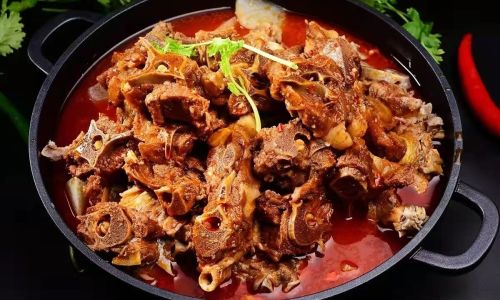
0 comments